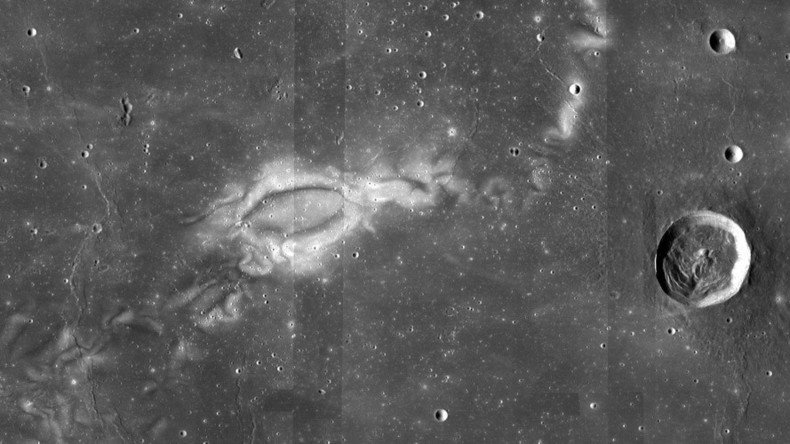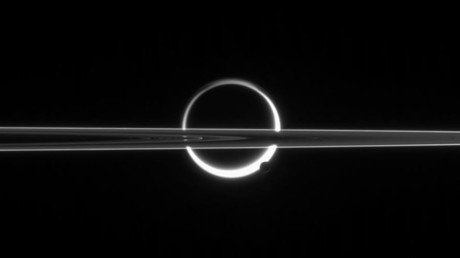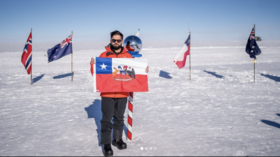Tattooed moon: NASA gains new insight on mysterious ‘lunar swirls’ (PHOTO)

New research and lunar observations from NASA have provided new insight into how the moon got its mysterious ‘tattoos’ – swirling patterns of light and dark across the satellite's surface.
The patterns, referred to as ‘lunar swirls’, are unique to the moon and have been found at over 100 locations on its surface.
John Keller, project scientist for NASA's Lunar Reconnaissance Orbiter (LRO) mission describes the swirls as looking “almost painted on the surface of the moon” and says their origin has been a mystery since their discovery.
The swirls appear alone as well as in groups and can span tens of miles across the moon’s surface.
NASA Research Gives New Insights into How the Moon Got 'Inked' https://t.co/hPC3WPdVYwpic.twitter.com/o0A0iwDK6G
— LRO_NASA (@LRO_NASA) April 29, 2016
Scientists discovered from previous observations that the swirls appear where ancient bits of magnetic field are embedded in the lunar crust, and that the bright areas in the swirls appear less weathered than their surroundings.
One theory for this discovery was that the magnetic field may shield the surface from weathering by solar winds.
This was put to the test by scientists who created computer models to explore the magnetic shield hypothesis.
The new models reveal that the magnetic field can create a strong electric field when the solar wind attempts to flow through. This could then deflect and slow particles in the solar wind, reducing the impact of solar wind weathering and leaving brighter regions over the protected areas.
The new models are published separately as a series of three papers – Icarus, the Journal of Geophysical Research: Space Physics and the Journal of Geophysical Research: Planets.
Although new observations from the LRO haven’t comprehensively ended the debate over the swirls’ formation, Keller says they do provide support for the magnetic shield hypothesis.
"Until you have somebody making measurements on the lunar surface we may not get a definitive answer, but the new observations are consistent with earlier observations that indicate the swirls are less weathered than their surroundings," he said.













